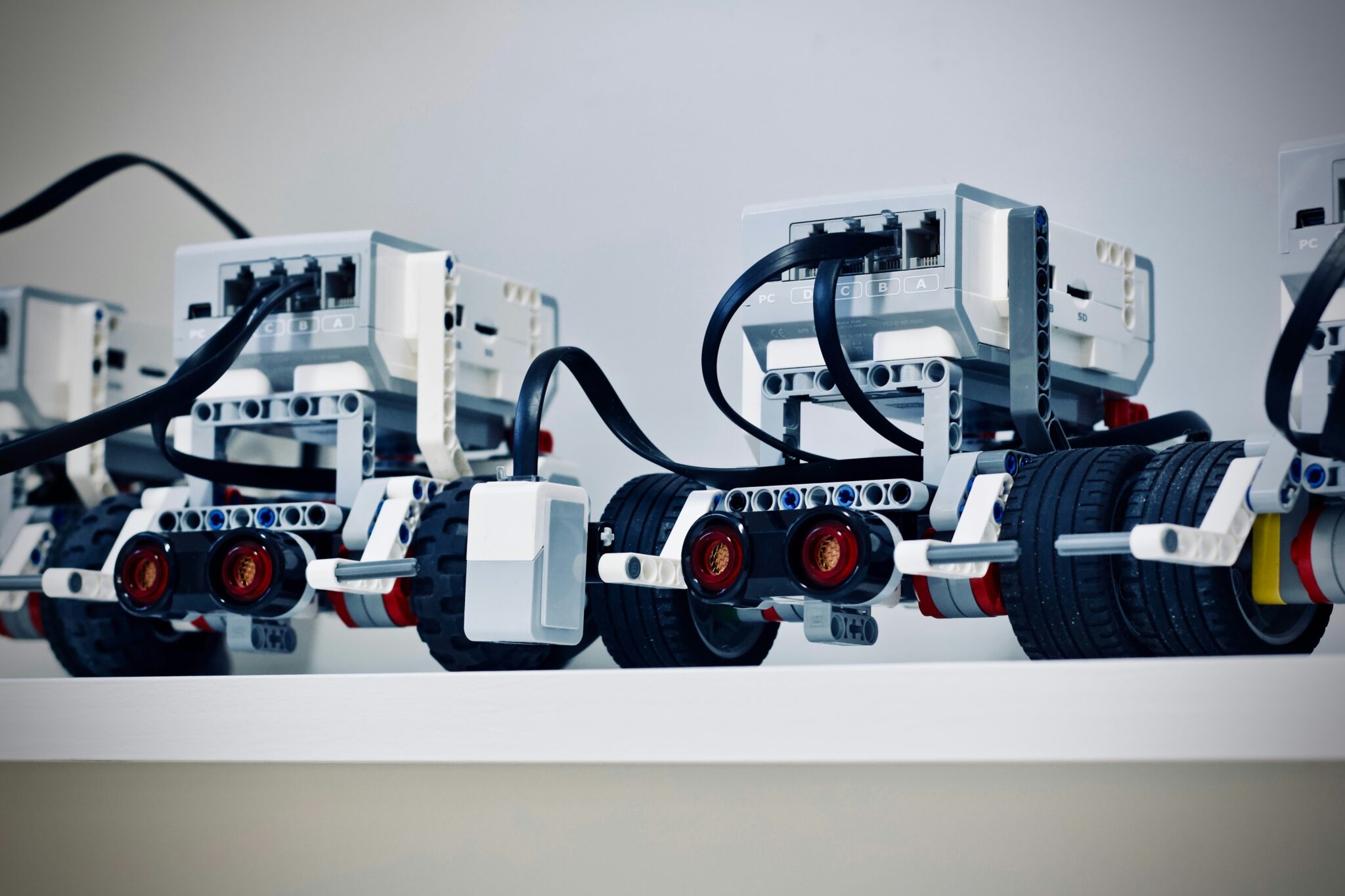For decades, spacecraft designers have been restricted by the size of rocket fairings, forcing hardware to be folded to fit and assembled in orbit at enormous cost. The International Space Station, for example, required dozens of launches and over $100 billion to construct.
Rendezvous Robotics wants to rewrite that rulebook. Instead of astronauts and robotic arms, the Colorado-based startup is developing autonomous swarm assembly powered by magnetism. At the heart of its approach is tesserae, flat, modular tiles that launch in compact stacks, then magnetically connect and rearrange themselves in orbit.
“They find each other, communicate, and latch together,” said co-founder and president Joe Landon. “If a mission changes, you just send a command to reconfigure, upgrade, or replace tiles.”
Each tile is about the size of a dinner plate, with its own processor, sensors, and battery. Designed for low-cost mass production, the tiles could scale to the diameter of a rocket fairing, enabling larger, reconfigurable structures like antennas, solar arrays, or sensitive sensors.
The technology originated at MIT, where Ariel Ekblaw invented tesserae before incubating it at the Aurelia Institute. Ekblaw later teamed up with telecom veteran Phil Frank and space executive Joe Landon to commercialize the concept, formally launching Rendezvous Robotics in late 2024.
Related: Orchard Robotics Raises $22M to Bring AI-Powered Precision to Fruit Farming
The company recently secured $3 million in pre-seed funding led by Aurelia Foundry and 8090 Industries, with support from ATX Venture Partners, Mana Ventures, and angel investors. The funds will help grow the team and move the tech from demo stage to orbital deployment.
Prototype tiles have already flown aboard Blue Origin’s New Shepard and the International Space Station, validating their self-docking and reconfiguration abilities. A larger ISS demo is planned for early 2026, followed by an external mission in late 2026 or 2027.
“We’re not just building satellites,” Landon emphasized. “We’re building a new way to build in space.”






